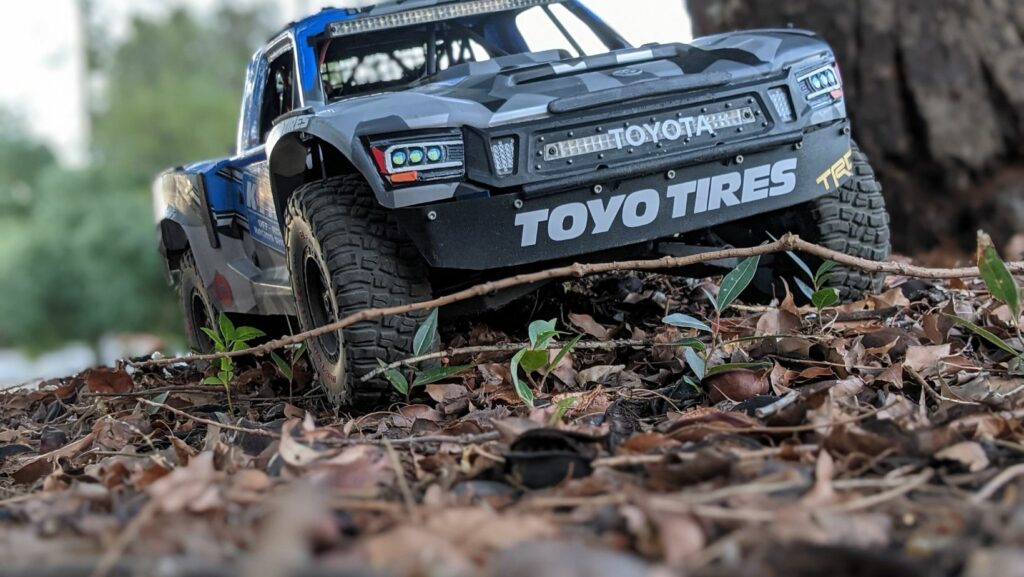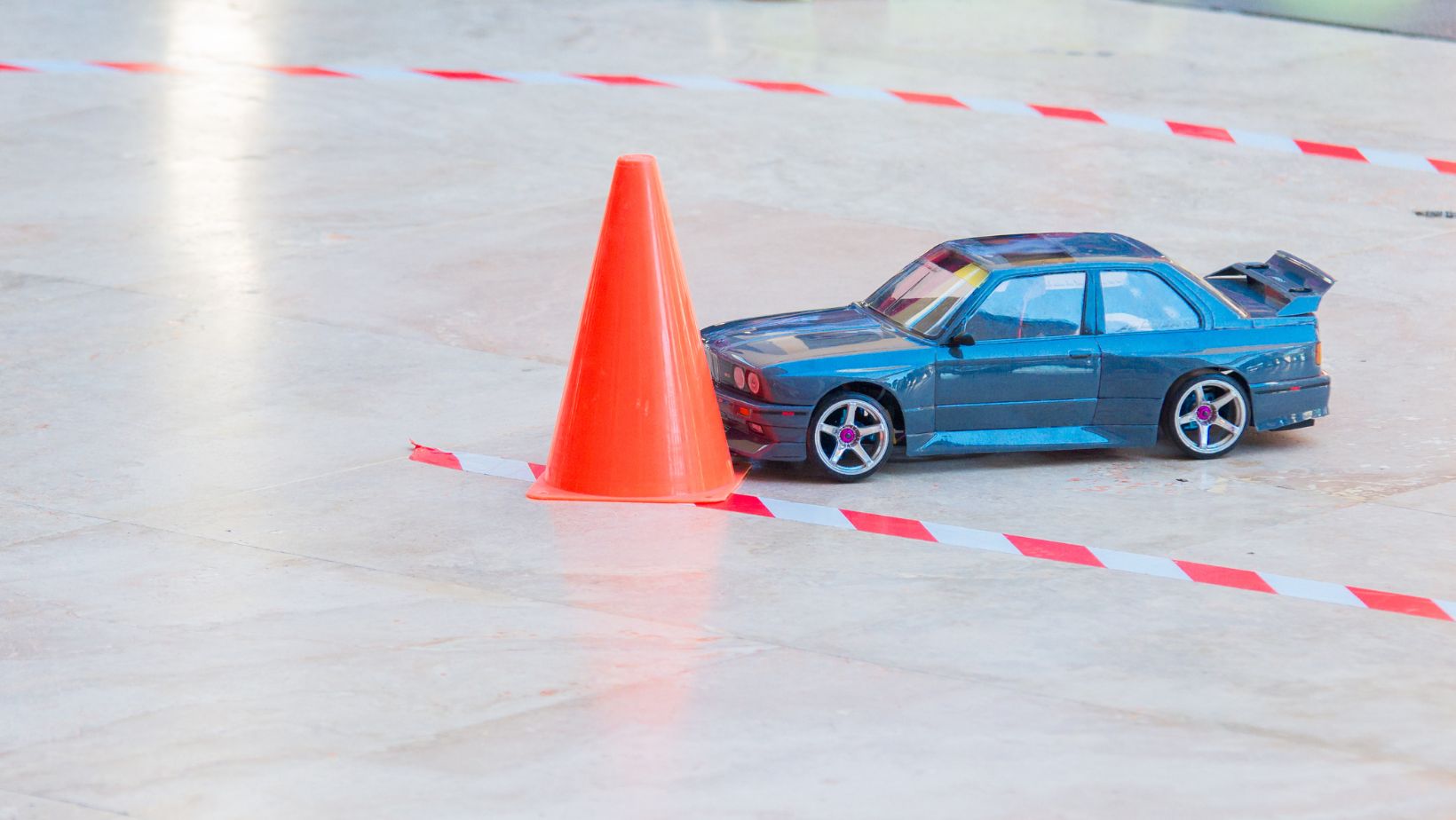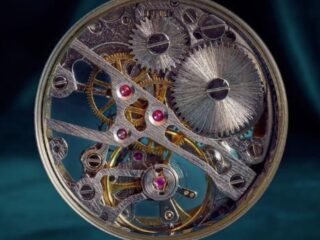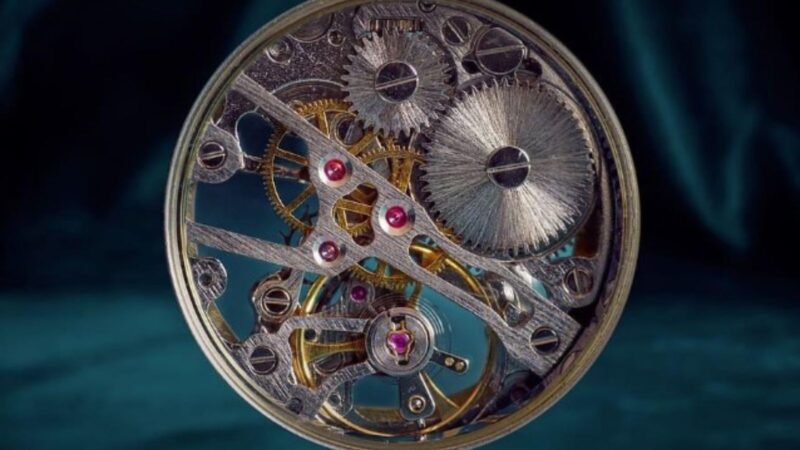
Unveiling RC Car Electronics: A Deep Dive
Explore the complex electronic systems in high-performance RC cars that power speed and precision. Unlock the secrets of RC technology.
In the realm of remote-controlled (RC) cars, high performance is not just about powerful engines or sleek designs; it is deeply rooted in the intricate electronic systems that power these miniature marvels. These systems are the lifeblood of high-performance RC cars, dictating everything from speed to maneuverability, control to durability. At RC Visions, a prominent retailer based in Huntington Beach, California, the understanding and appreciation of these electronic systems are paramount. Catering to a diverse audience, including a significant segment of white males over 30 who favor top-end RC models, RC Visions offers not just products but an immersive experience into the world of RC car technology.
The electronic systems in RC cars are a fascinating blend of innovation, precision engineering, and technological advancements. Understanding these systems is crucial for both enthusiasts and newcomers to the hobby. As a matter of fact, it is the key to unlocking maximum performance, enhancing the driving experience, and even stepping into the realm of customization and optimization. Consequently, in this listicle, we delve into the various electronic components that constitute the heart and soul of high-performance RC cars. From sophisticated control systems to cutting-edge power sources, each element plays a critical role in shaping the capabilities of these thrilling machines.
As we explore these systems, remember that RC Visions not only offers a wide selection of RC cars but also provides the knowledge and support to help you understand and appreciate the complex electronics that make your RC car more than just a toy. Thus, we invite you to buckle up and prepare to dive into the electrifying world of high-performance RC car electronics.
Control Systems
The control system in an RC car is a sophisticated network that acts as the vehicle’s command center. It consists of a transmitter, which the driver uses to send commands, a receiver mounted in the car that picks up these signals, and servos that actuate the car’s movements. This triad is the cornerstone of interaction between the driver and the car. High-performance RC cars often feature advanced transmitters of high quality sourced from top distributors. These components include multiple channels and customizable settings, enabling drivers to fine-tune their control for various racing conditions. Receivers and servos in these cars are designed for quick response and precision, ensuring that the slightest adjustments on the transmitter translate into real-time actions with utmost accuracy.
Electronic Speed Controllers (ESC)
Electronic Speed Controllers (ESC) in high-performance RC cars are pivotal in managing the vehicle’s power delivery. They regulate the current flow to the motor, dictating acceleration, speed, and braking force. Modern ESCs are programmable, allowing racers to adjust settings like throttle curve, braking strength, as well as punch control. This customization is crucial in adapting the car to various tracks and racing styles. High-quality ESCs also feature built-in safety measures like temperature cutoffs and low voltage protection, ensuring the longevity of both the ESC and the motor.
Motors
The motor is the heart of an RC car, converting electrical energy into mechanical power. In high-performance models, brushless motors reign supreme due to their efficiency, high power output, and low maintenance requirements. These motors offer a significant performance edge over traditional brushed motors, with faster acceleration and higher top speeds. Other than that, they are also more durable and have a longer lifespan, making them a preferred choice for competitive racing. The sophistication in brushless motor technology allows for finer control, more torque, and an overall more exhilarating racing experience.
Batteries
Batteries in high-performance RC cars are more than just power sources; they are the lifeline that determines how long and how fast a car can run. Lithium-polymer (LiPo) batteries are the standard in this realm, prized for their high energy density, lightweight, and ability to discharge at high rates. These batteries come in various configurations and capacities, allowing racers to choose the perfect balance between weight, power, and run time. Besides that, advanced LiPo batteries also feature safety enhancements like hard cases and built-in circuit protection, ensuring safe and reliable performance under demanding racing conditions.
Telemetry Systems
Telemetry systems in RC cars are akin to a race car’s dashboard, providing real-time data to the driver. These systems monitor critical parameters such as speed, temperature, battery voltage, and RPM. This information is invaluable for making on-the-fly adjustments and for post-race analysis. Advanced telemetry systems can even offer GPS data, tracking the car’s position and speed on the track. In particular, for racers, this data is crucial in optimizing their vehicle’s setup and performance, giving them an edge in competitive scenarios.
Sensors
Sensors in RC cars serve as the vehicle’s sensory organs, constantly relaying information about various aspects of its performance. In essence, these include speed sensors, which measure the car’s velocity, temperature sensors that monitor motor and ESC heat, and voltage sensors for battery management. In advanced cars, these sensors are highly accurate, providing data that helps in fine-tuning the car for peak performance. They are essential for maintaining the car’s health, preventing overheating, overloading, and other potential issues that could arise during intense racing.
Gyroscopes
Gyroscopes in high-performance RC cars add a level of stability and control that is crucial during high-speed races. These devices help maintain directional stability, particularly in conditions where traction is compromised, like on loose or slippery surfaces. Gyroscopes work by detecting unwanted rotational movement and automatically adjusting the steering to counteract it, preventing spinouts and loss of control. In general, this feature is especially beneficial for less experienced drivers, as it allows them to maintain better control over their vehicle.
Lighting Systems
Lighting systems in RC cars, while often seen as aesthetic enhancements, have practical applications in high-performance racing. They improve visibility in low-light conditions, enabling night racing and adding an extra layer of safety. Advanced lighting systems can also be integrated with the car’s electronics, indicating various statuses like braking, acceleration, or system alerts. Meanwhile, some high-end models even offer customizable lighting options, allowing racers to personalize their vehicle’s appearance and increase its visibility on the track.

On-Board Cameras
On-board cameras in RC cars offer a first-person viewing (FPV) experience that adds a new dimension to remote control racing. These cameras provide a driver’s-eye view from the car, streaming live footage to a monitor or VR headset. This feature allows drivers to navigate the track as if they were seated in the car, offering an immersive racing experience. FPV systems are particularly popular in drone racing but are increasingly being adopted in RC car racing, bringing a video game-like perspective to the hobby.
Wireless Technologies
Wireless technologies in RC cars have advanced significantly, enhancing the way drivers interact with their vehicles. Modern RC cars feature Bluetooth and Wi-Fi connectivity, enabling them to interface with smartphones and tablets. This integration allows for functionalities like remote adjustments, firmware updates, and even real-time data monitoring through dedicated apps. All in all, these wireless capabilities make RC cars more accessible and customizable, appealing to a tech-savvy generation that values connectivity and convenience in their hobbies.
At rcvisions.com, enthusiasts and hobbyists can find not only a wide selection of high-end RC cars but also the expertise and guidance to understand and make the most of these complex electronic systems.
The Bottom Line
The electronic systems in high-performance RC cars are a symphony of sophisticated technology and engineering. They are the key to unlocking the full potential of these exciting machines.
From the adrenaline-fueled races to the precise tuning and customization, the world of RC cars offers endless possibilities for fun, competition, and technological exploration. Whether you are a seasoned racer or a newcomer to the hobby, grasping the intricacies of these electronic systems can significantly enhance your experience. With that in mind, as technology continues to evolve, so too will the electronic systems in RC cars, bringing even more advanced features, improved performance, and greater excitement. RC Visions remains committed to staying at the forefront of these advancements, ensuring that their customers are always equipped with the latest and greatest in RC technology.
Thus, the next time you power up your RC car, remember that it is not just about the speed or the thrill; it is about the incredible electronic systems working behind the scenes to make every race, every maneuver, and every moment more exhilarating than the last. With RC Visions, you are not just buying an RC car. On the contrary, you are stepping into a world wired for victory.













